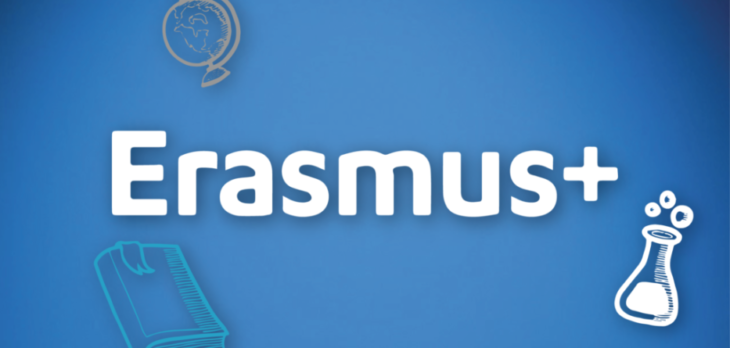Have you ever
experienced, in front of a particularly evocative work of art, a strong feeling
of fainting, followed by palpitations and dizziness?
If the answer is yes…don’t worry, you are only another victim of the
so-called Stendhal Syndrome, a phenomenon that occurred frequently at the sight
of the sublime works of Caravaggio and Michelangelo.
Why are these symptoms associated with the name of the illustrious French writer?
To find out the motivation, we need to take a step back in time, precisely to 1817, when Marie-Henri Beyle, better known by the pseudonym Stendhal, described for the first time the effects of this psychosomatic pathology in the opera “Rome, Naples and Florence”.
«I had reached that level of emotion where
the celestial sensations given by the arts and passionate feelings combine.
Leaving Santa Croce, I had a heartbeat, life had dried up for me, I was afraid
I could have fallen on the floor», wrote Stendhal to recount the crisis that forced him to leave the
Basilica of Santa Croce in Florence in order to recover from the dizzying
reaction that the place of art had on his soul.
His initial enthusiasm for the works of immeasurable beauty turned into a brief
confusion which led him, in the following years, to reflect on what happened
and to gather his experience in the pages of his travel diary, written after
completing the Grand Tour among the streets of the most beautiful cities of our
peninsula.
Cavalry officer in Berlin, Stendhal spent some time in Italy in 1811, where he discovered a new sense of life, in the charm of music, the arts and poetry. Subsequently placed at rest by the Bourbons after the fall of Napoleon, he settled in Milan from 1814 to 1821, a city that he considered his adopted homeland ever since. “La fleur de ma vie” defined that period, those seven years that marked his life so much as to induce him to have the inscription “Arrigo Beyle, Milanese” as an epigraph of his grave.
Parma, Bologna, Rome and Naples were then the ideal continuation of his journey, a source of inspiration for priceless works such as the “Certosa di Parma” or “Roman walks”, a travel itinerary through the streets of the capital that provides the imaginary traveler an exhaustive knowledge of the city, its history, its monuments and the famous people who populated it.
Italy soon became a source of inspiration and renewal for the best spirits of the century, thanks to the enormous cultural heritage and the invaluable beauty of its landscapes. The country of beauty, landscape and taste became in fact an unmissable destination, and sometimes the final stage, of the journey of growth and training made by artists and young offspring of the European aristocracy, at the turn of the late sixteenth and the last years of the Nineteenth century.
And not surprisingly, the expression “Gran Tour” was used for the first time in the work “The voyage of Italy”, written in 1698 by Richard Lassels, an English canon appointed to educate numerous young people in the British aristocracy.
During that long period, the Gran Tour, the forerunner of the Erasmus program, produced not only diaries, novels, essays and paintings, but also a typical phenomenon of modernity: the habit of moving for the sheer sake of it.
The journey as “cure for the soul”, made to fill the thirst for knowledge and for this reason completely removed from the commercial and religious motivations that had hitherto pushed people to move.
As it’s happening now for the modern Erasmus, the journey became a training tool, but also a means of exchange and intellectual commerce, sinking its ideological roots in the England of Francis Bacon, the famous English philosopher who in the work entitled “Of travel” highlighted the need for an educational trip to Europe for the young intellectuals of the time.
Are you having an uncontrollable desire to travel?



















